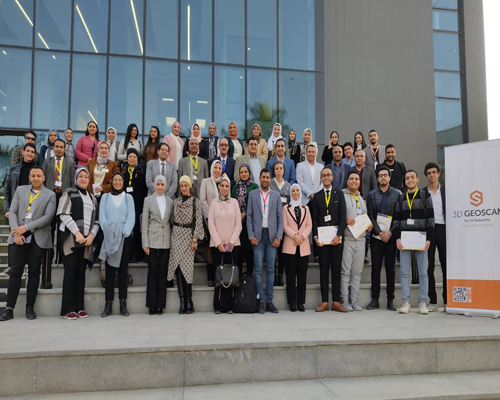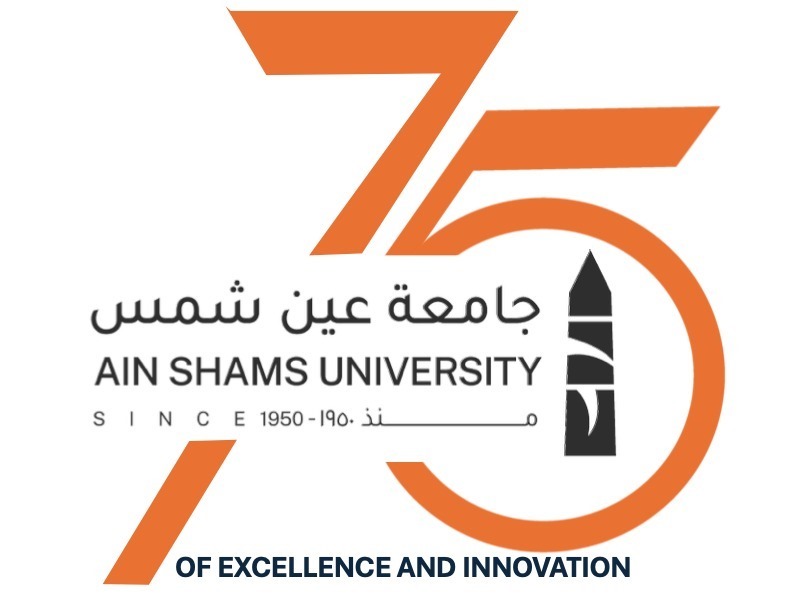The conclusion of the activities of the tenth international conference of the Center for Papyrus Studies and Inscriptions "Antiquities and Heritage of Cities and Villages of Upper Egypt"
The activities of the tenth international conference of the Center for Papyrus Studies and Inscriptions, "Antiquities and Heritage of the Cities and Villages of Upper Egypt" were concluded, in which about 35 research papers were presented on the cities and villages of Upper Egypt and the sustainable development of archaeological and tourist areas in Upper Egypt - especially Upper Egypt - under the auspices of Prof. Mahmoud El-Meteini, President of Ain Shams University, and Prof. Ghada Farouk, Vice President for Community Service and Environmental Development, Prof. Hossam Tantawy, Dean of the Faculty and Prof. Ahmed Al-Shawky, Vice Dean of the Faculty of Archeology for Postgraduate Studies and Research, and supervisor of the Community Service and Environmental Development Affairs Sector and the organization of Dr. Eman Naseer, Director of the Center for Papyrus Studies and Inscriptions, and Dr. Rasha El mofatsh.
Researchers from Arab countries, including Jordan and Algeria, participated in the conference, both physically and remotely
On the sidelines of the conference, a special pavilion was set up for the center's publications, and two pavilions for 3D Geoscan and Surfing Systems, which specialize in technical devices that help excavate antiquities using lasers and scanners, were held. On the sidelines of the conference, a workshop on making paper from the papyrus plant will also be held.
The recommendations of the conference at the closing session were as follows:
The conference appreciates the role of the Ministry of Tourism and Antiquities in discovering and reviving many archaeological sites that still need further study. The conference research also emphasized the cultural and civilizational origin of the antiquities and heritage of the cities and villages of Upper Egypt.
The necessity of revising and defining architectural and artistic terminology with the help of original documents and sources.
The importance of using 3D scanning technology in the restoration of antiquities and heritage, and the role of extended reality technologies in disseminating the cultural heritage of the various ages of Egypt.
The importance of the Abydos region and the need to focus on it in the archaeological field and the management of archaeological sites.
The origins of the "Majay", which may have originated from the peoples of Yemen who settled inside Egypt in the eastern desert, "the city of Qift".
The importance of excavations in shedding light on the antiquities and heritage of the cities and villages of Upper Egypt.
Updating the Egyptian archaeological map to include all Egyptian archaeological sites and buildings in different eras.
The need for communication between specialized archaeologists and the University of Strasbourg, which is interested in publishing financial records from the Ashmounin region, to benefit researchers.
Artifacts undergoing sustainable restoration as a result of their vulnerability to climate change



.svg)




